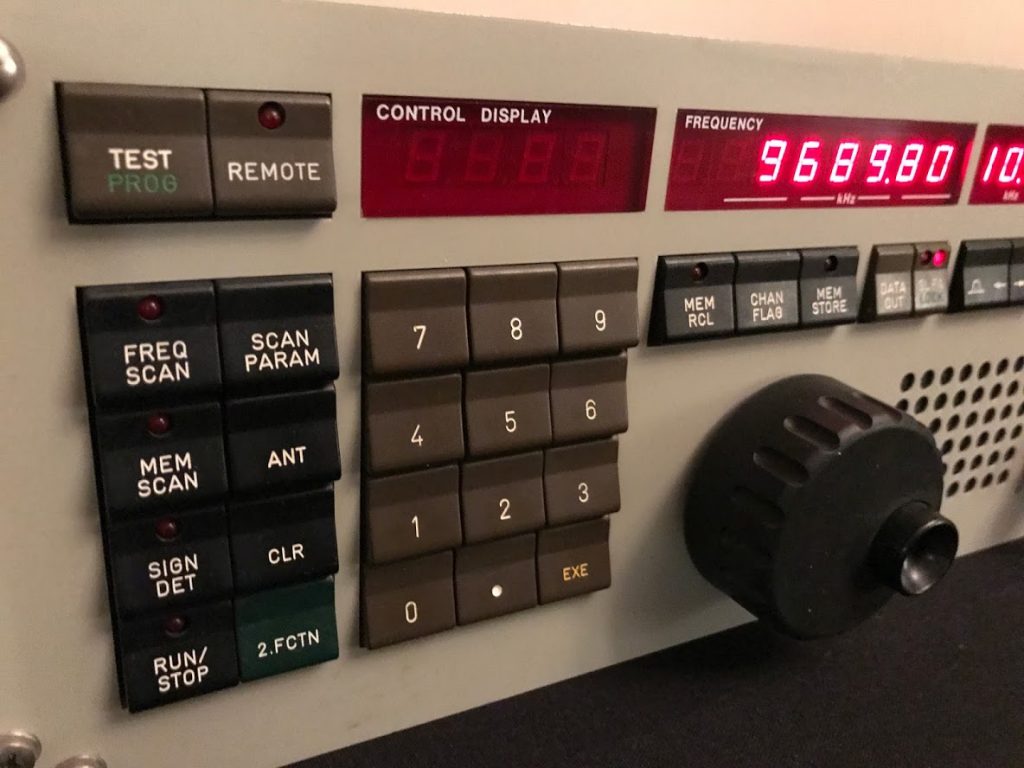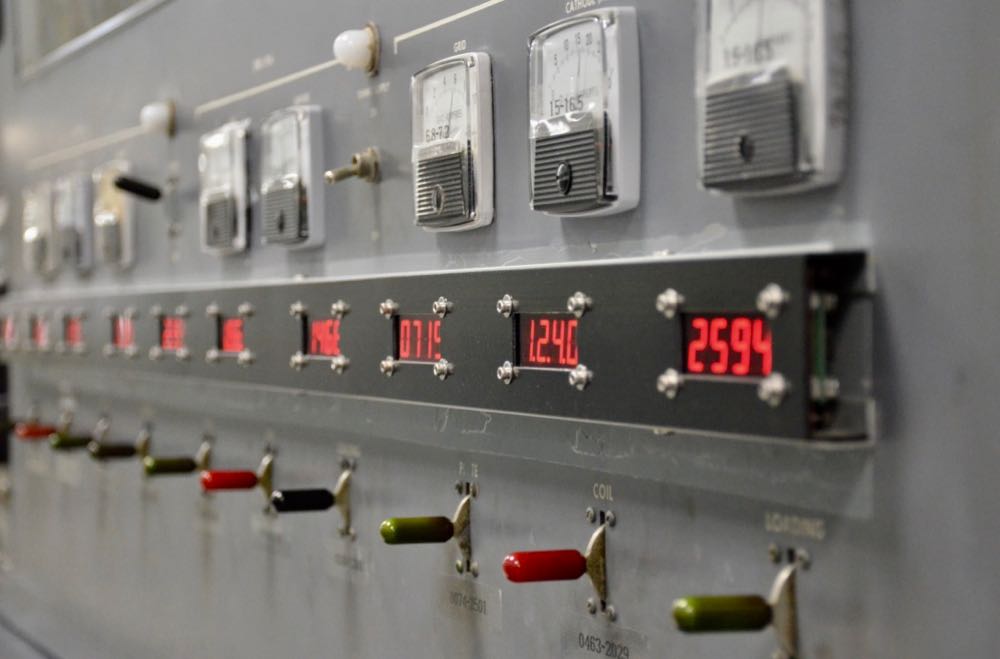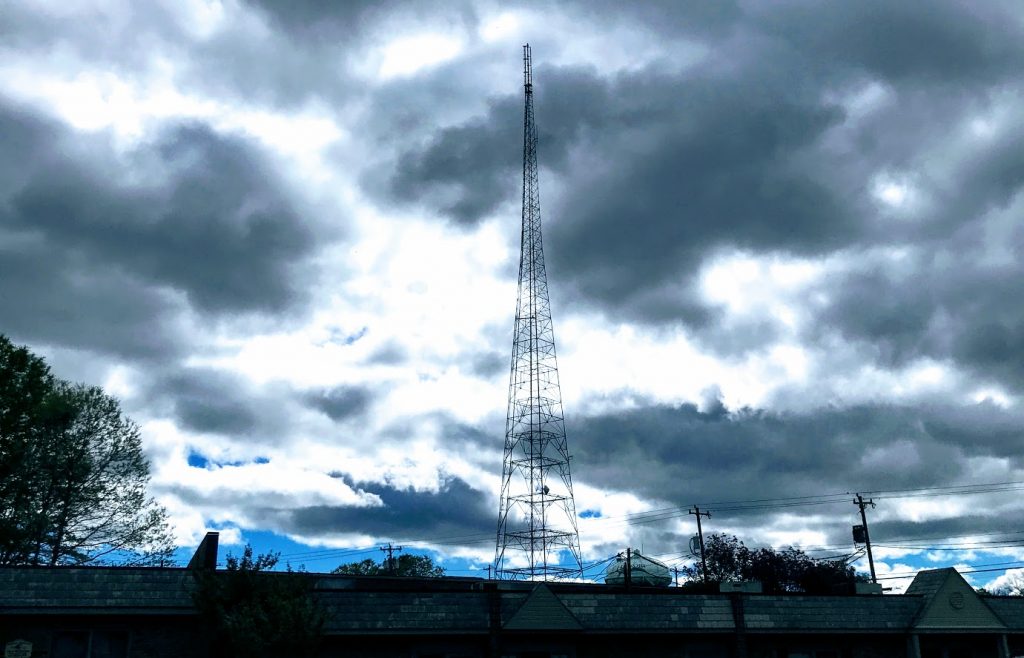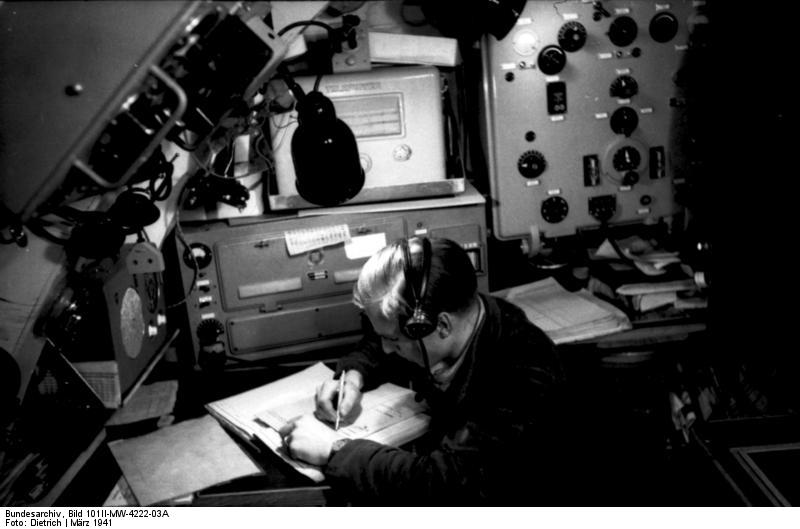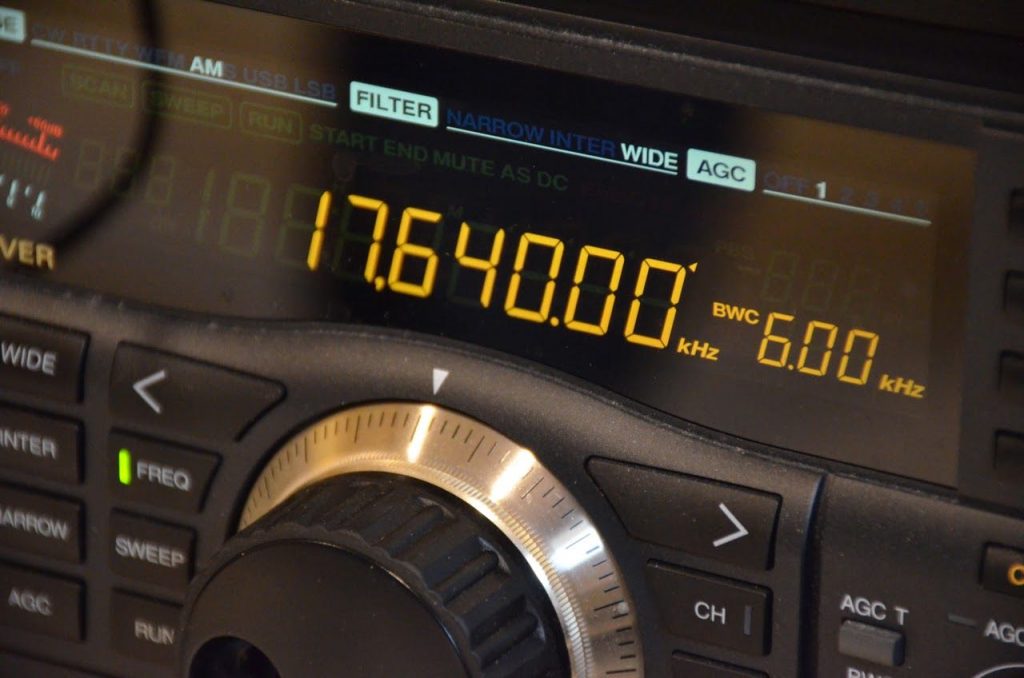 Radio Waves: Stories Making Waves in the World of Radio
Radio Waves: Stories Making Waves in the World of Radio
Because I keep my ear to the waves, as well as receive many tips from others who do the same, I find myself privy to radio-related stories that might interest SWLing Post readers. To that end: Welcome to the SWLing Post’s Radio Waves, a collection of links to interesting stories making waves in the world of radio. Enjoy!
Many thanks to SWLing Post contributors Dennis Dura, Martin Butera, and Dan Van Hoy for the following tips:
Nielsen: Heavy Radio Listeners Are Key To Restarting U.S. Economy. (Inside Radio)
With 39 states beginning to relax restrictions imposed to diminish the spread of the coronavirus, many Americans are ready to pick up the pieces and get back to their previous lifestyles. An online survey of 1,000 persons aged 18+, conducted from April 30-May 2, found nearly two thirds (63%) say they plan to resume normal activities next month. Conducted by Nielsen, the survey also shows heavy radio listeners are key to driving commerce and supporting the economy since they’re more likely to go out and shop once COVID-19 eases in their market.
Presenting the findings during a client webinar Friday afternoon, Tony Hereau, Nielsen VP of Cross-Platform Insights, summed up the top takeaway succinctly: “AM/FM radio is the soundtrack of America’s re-opening and reemergence.”[…]
Marajo Dxcamp updates
Ivan Dias and Martin Butera inform us about their most recent update on the receptions of the last DXcamp on the Amazonian Island of Marajo, in the north of Brazil.
Interesting medium wave receptions from the following link
https://dxcamp-marajo2019.blogspot.com/p/only-log.htmlBe sure to visit the official website of the Dxcamp, where you will find a lot of material about this important event
https://dxcamp-marajo2019.blogspot.com/
The Tiny Radio Stations That Lift Spirits in Hospitals (NY Times)
LONDON — Last Wednesday, Steve Coulby, a D.J. for Nottingham Hospitals Radio in England, read out a request from a patient battling Covid-19.
“Brian, you’ve given me an awesome responsibly, as you’ve asked for ‘any jazz,’” Mr. Coulby said. “I have to admit,” he added, “what I know about jazz is limited.”
Mr. Coulby then told his listeners he’d spent much of the day searching jazz tracks online, looking for one that might aid Brian’s recovery, or at least lift his mood. He decided on “Let Me Into Your Heart” by the British singer Isaac Waddington.
“I hope it’s good enough, Brian,” Mr. Coulby said, with a nervous laugh. “To be honest, it’s all you’re getting.”
Britain’s hospital radio stations are one of the less well-known features of its health system: tiny operations, staffed by volunteers, that you would never know existed unless you’d been a patient here.
Patients can normally listen to the shows, which are heavy on chart music and old hits, using headphones connected to an entertainment unit beside their beds. In some cases, the shows are even played out of speakers on the wards or in the emergency room waiting area.
The end of hospital radio has been declared many times over in Britain. Some hospital stations have struggled to raise funds, while the rise of smartphones filled with music and radio apps has meant patients have less need for them. But there are still over 200 such stations, according to the Hospital Broadcasting Association, and some claim they have found themselves more useful than ever during the pandemic, providing a human connections to patients who would otherwise be alone.[…]
Hamvention QSO Party Saturday May 16! (Hamvention.org)
Let’s celebrate the many years we have all had at the Great Gathering we call Hamvention. We also want to remember Ron Moorefield W8ILC who never missed a Hamvention and contributed to our club until his recent death.Let’s light up the airwaves with our remembrances of Hamventions of the past! See you on the air! K3LR, Tim Duffy and W8CI, Michael Kalter.
Here is the deal: 12 hour event, 8 a.m. to 8 p.m. EDST on Saturday of Hamvention May 16, 2020. Operate CW or SSB on 160, 80, 40, 20, 15 and 10 meters. The exchange is a signal report and first year you attended Hamvention. If you have never attended Hamvention you send 2020.
Send your score (number of QSOs) to 3830scores.com within 5 days of the event. You can print a certificate on line via www.HVQP.org. More details will appear on the Hamvention QSO Party web site being set up now.
Special bonus: W8BI, the club call of the Dayton Amateur Radio Association (DARA is the host of Hamvention) will be activated by designated DARA members from their home stations. You can add 10 points for each band/mode QSO with W8BI (12 available). So you can earn 120 bonus points (like having 120 additional QSOs).
Do you enjoy the SWLing Post?
Please consider supporting us via Patreon or our Coffee Fund!
Your support makes articles like this one possible. Thank you!


